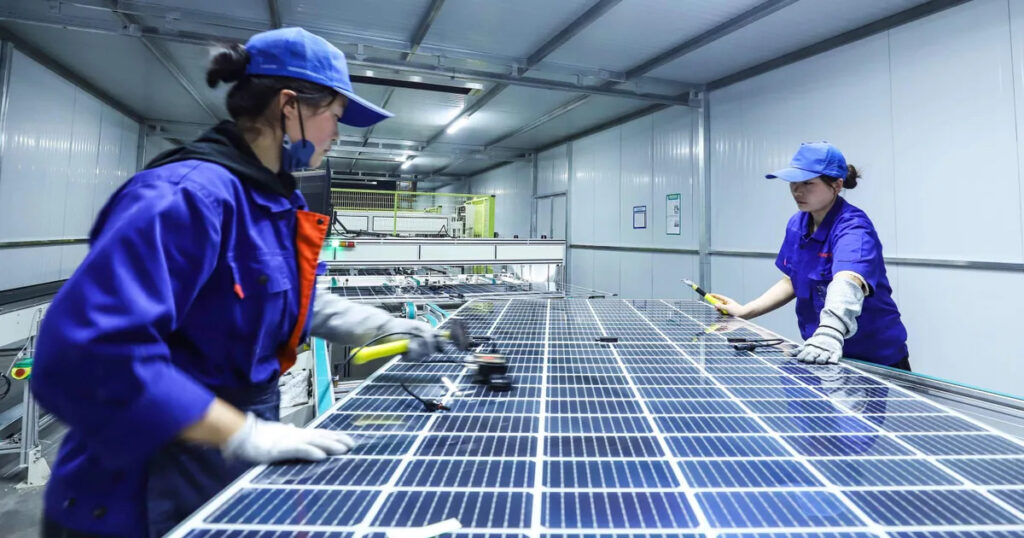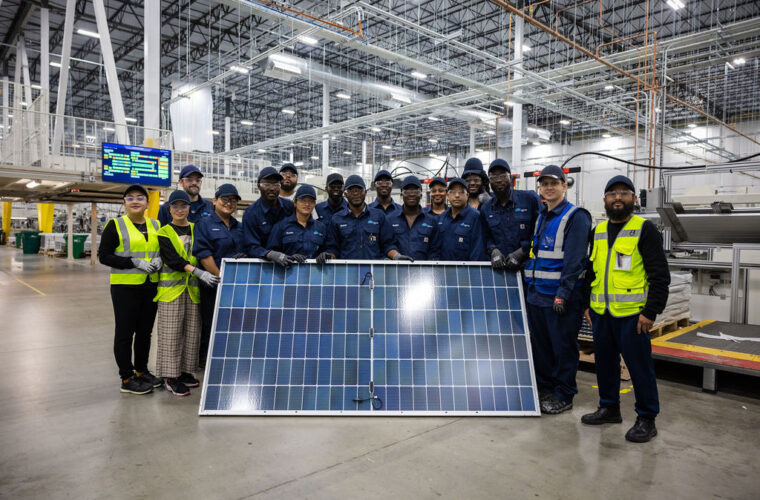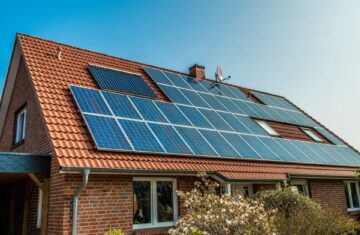Anza, a subscription-based data and analytics platform, has released its Q2 2025 Domestic Content Insights report, shedding light on the current trends in the U.S. manufacturing of solar modules and battery energy storage systems (BESS). Just four months after its previous report, Anza’s Strategic Sourcing Team has engaged with manufacturers to update pricing and availability, reflecting the dramatic shifts in domestic content and trade policy, particularly due to tariffs imposed by the International Emergency Economic Powers Act and Section 301 duties.
The report indicates that the recent policy changes have introduced significant pricing uncertainty for manufacturers, developers, and buyers. This uncertainty can lead to delays in procurement decisions and force companies to re-evaluate their sourcing strategies. According to Anza analysts, the landscape of domestic production is continually evolving in response to these market conditions.
For instance, Boviet Solar recently opened a module facility in North Carolina and plans to add cell production next year. Similarly, ES Foundry is already producing cells in its new South Carolina plant. However, not all manufacturers have fared as well; some have abandoned previously announced plans due to financial or logistical challenges. Premiere Energies, a cell manufacturer based in India, recently halted plans for a 1 GW cell manufacturing facility in the U.S., while Freyer Battery canceled its Georgia factory plans before rebranding as T1 Energy and shifting focus to solar and battery storage in Texas.
According to the Solar Energy Industries Association (SEIA), the passage of the Inflation Reduction Act of 2022 has spurred over 100 new solar and storage manufacturing announcements. This includes 84 new facilities now coming online, with 55 under active construction, indicating a robust growth trajectory for the sector.
Anza’s report emphasizes that the availability of U.S.-assembled solar modules is expected to fluctuate in the coming years. The number of suppliers producing both U.S.-made cells and modules is gradually increasing; for example, the number of suppliers for U.S.-assembled modules rose from 12 in Q1 to 17 in Q2. However, the number of suppliers for U.S.-made cells has dropped from seven to five.
Anza projects a 100% increase in U.S.-made solar cell production, forecasting growth from five suppliers in the first half of 2025 to ten by the first half of 2027. This indicates a growing commitment to integrating U.S.-made cells into module production. However, the report also notes that suppliers are becoming more cautious about long-term projections due to recent tariff announcements, which may affect their willingness to commit to future investments.

The BESS sector is also experiencing rapid growth, with Anza forecasting three BESS cell providers, seven BESS module providers, and seven BESS container providers by 2027. This growth reflects the increasing demand for domestic manufacturing in response to evolving regulations and market needs.
Domestic solar modules continue to be in high demand but are short in supply, leading to premium pricing for fully domestic cells with U.S. assembly. Anza reported a slight price increase of 4.3% for cells from December to March, driven by tightening supply. Interestingly, the cost of modules combining imported cells with U.S. options has remained stable, even showing a 0.4% decrease during the same period.
However, Anza cautions that current pricing data only extends through March 2025 and does not account for the potential impacts of new tariffs. As uncertainty around these tariffs persists, prices could rise further, affecting the overall market dynamics.
Anza’s Q2 2025 report underscores the complexities and rapid changes in the U.S. solar manufacturing landscape. While the growth of domestic production is promising, challenges related to tariffs and market conditions remain. As the industry adapts to these shifts, ongoing monitoring and strategic planning will be crucial for manufacturers and developers alike. The commitment to expanding domestic solar and battery storage manufacturing could play a pivotal role in shaping a sustainable energy future for the United States.



